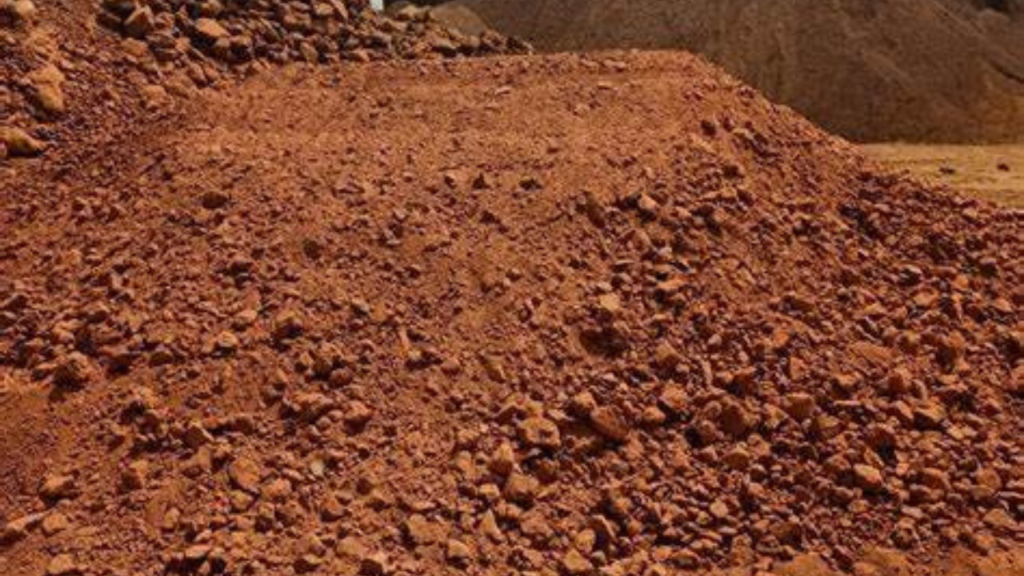When building a house or any concrete structure, one of the key steps before pouring the floor slab is sand filling of the foundation.
This step helps to support the structure, prevent settlement, and create a flat surface.
But to avoid waste or shortage, it’s important to accurately calculate the quantity of sand needed for filling.
In this article, Bullionrise consult will break down how to calculate sand filling quantity step-by-step, in a way that’s simple, practical, and relevant to construction projects in Nigeria.
Table of Contents
ToggleSee also – How deep is the foundation of a house in Nigeria?

Step 1: Understand the Area to Be Filled
Before you can calculate the quantity of sand, you need to know the volume of the space to be filled.
This is typically the area between the foundation walls, from the ground level up to the base of the floor slab.
The basic formula for volume is:
Volume = Length × Width × Depth
Where:
- Length = Length of the area to be filled (in meters)
- Width = Width of the area (in meters)
- Depth = Height of the fill from the ground to the slab base (in meters)
Step 2: Example Calculation
Let’s say you’re filling a foundation with the following dimensions:
- Length = 10 meters
- Width = 10 meters
- Depth of filling = 1 meter
Then:
Volume = 10 × 10 × 1 = 100 cubic meters
So, you’ll need 100 cubic meters of sand to fill the foundation.
Step 3: Convert Volume to Tipper Loads
In Nigeria, sand is usually delivered in tipper trucks, and one full tipper (commonly used) contains around:
20 tons or about 14 cubic meters of sand (average for sharp sand)
To calculate the number of tipper loads:
Number of Tipper Loads = Total Volume ÷ Volume per Tipper
= 100 ÷ 14 ≈ 7.14
So, you’ll need approximately 7 to 8 tipper loads of sand.
Step 4: Consider Compaction Factor
After pouring sand, you’ll need to compact it in layers.
Compaction causes the sand to settle and reduce in volume.
To account for this, add 10–15% extra.
Extra Volume = 100 × 0.10 = 10 cubic meters
Total Required = 100 + 10 = 110 cubic meters
110 ÷ 14 = 7.85 loads ≈ 8 tipper loads
Final estimate: 8 tipper loads of sharp sand
Bonus Tip: Use a Simple Formula
Here’s a quick formula you can use:
Number of Tipper Loads = (Length × Width × Depth × 1.1) ÷ 14
Where:
- Multiply by 1.1 to account for compaction
- Divide by 14 (average cubic meters in one tipper)
See also – how many blocks for 3 bedroom flat
Common Mistakes to Avoid
- Not accounting for compaction
- Using loose or mixed sand
- Estimating by guesswork instead of volume
- Ignoring space taken by foundation blocks or footings
Always consult your builder or engineer for specific site conditions.
Conclusion
Calculating the sand filling quantity doesn’t have to be complicated.
By measuring the dimensions of your foundation and applying a simple formula, you can accurately estimate how many loads of sand you’ll need saving money, time, and avoiding material shortage.
Frequently asked questions
How do I calculate the volume of sand needed for filling?
Use the formula: Volume = Length × Width × Depth. Ensure measurements are in the same units (e.g., meters or feet).
What is the density of sand used for calculations?
The approximate density of sand is 1600 kg/m³ or 100 lb/ft³.
How do I account for compaction in sand filling?
Add a compaction factor (usually 1.2 to 1.3) to the calculated volume to account for settling.
Can I use online calculators for sand filling quantity?
Yes, tools like this sand calculator can simplify the process.
What precautions should I take during sand filling?
Ensure proper drainage, compact the sand layer by layer, and test soil stability before construction.







